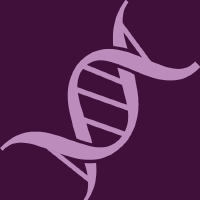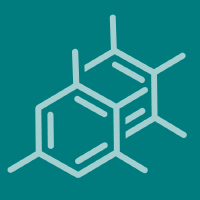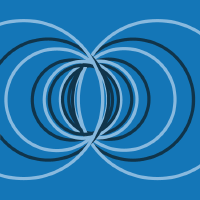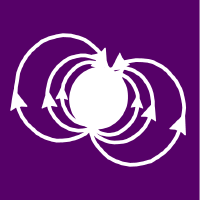Topic Editors


2. A.N. Frumkin Institute of Physical Chemistry and Electrochemistry of Russian Academy of Science, 119071 Moscow, Russia
Theoretical, Quantum and Computational Chemistry—2nd Edition
Topic Information
Dear Colleagues,
Theory and computation are crucial parts of modern chemical research since they drive and stimulate investigations by proposing testable hypotheses, as well as providing explanations for chemical observations in terms of fundamental principles. Theoretical, quantum, and computational chemistry are based on a rigorous mathematical or simulational approach to problems of chemical, physical, or biological interest. The following Topic is focused on advances in the fundamental research and application of theoretical, quantum, and computational chemistry.
Submissions concerning, but not limited to, the following general areas are encouraged:
- Bioanalytical sciences;
- Chemical reactivity simulation;
- D and f-element molecular magnetism modelling;
- Density functional theory;
- Theoretical spectroscopy;
- Femtochemistry;
- Electronic structure theory;
- Partition function for studying multimolecular systems;
- Protein structure and function;
- Atmospheric chemistry;
- Nanotechnology;
- Molecular quantum dynamics;
- Quantum chemical topology;
- Quantum mechanical study of inorganic molecular chemistry;
- Quantum mechanics in biological processes.
Prof. Dr. Jorge Garza
Dr. Andrei L. Tchougréeff
Topic Editors
Keywords
- theoretical chemistry
- quantum chemistry
- computational chemistry
- density functional theory
- molecular quantum dynamics
- bioanalytical sciences
- material science
Participating Journals
| Journal Name | Impact Factor | CiteScore | Launched Year | First Decision (median) | APC | |
|---|---|---|---|---|---|---|

Chemistry
|
2.4 | 3.2 | 2019 | 17.2 Days | CHF 1800 | Submit |

International Journal of Molecular Sciences
|
4.9 | 8.1 | 2000 | 16.8 Days | CHF 2900 | Submit |

Molecules
|
4.2 | 7.4 | 1996 | 15.1 Days | CHF 2700 | Submit |

Quantum Reports
|
- | 3.3 | 2019 | 16.4 Days | CHF 1400 | Submit |

Symmetry
|
2.2 | 5.4 | 2009 | 17.3 Days | CHF 2400 | Submit |

Magnetochemistry
|
2.6 | 3.9 | 2015 | 15.8 Days | CHF 2200 | Submit |

MDPI Topics is cooperating with Preprints.org and has built a direct connection between MDPI journals and Preprints.org. Authors are encouraged to enjoy the benefits by posting a preprint at Preprints.org prior to publication:
- Immediately share your ideas ahead of publication and establish your research priority;
- Protect your idea from being stolen with this time-stamped preprint article;
- Enhance the exposure and impact of your research;
- Receive feedback from your peers in advance;
- Have it indexed in Web of Science (Preprint Citation Index), Google Scholar, Crossref, SHARE, PrePubMed, Scilit and Europe PMC.
Related Topic
- Theoretical, Quantum and Computational Chemistry (40 articles)

